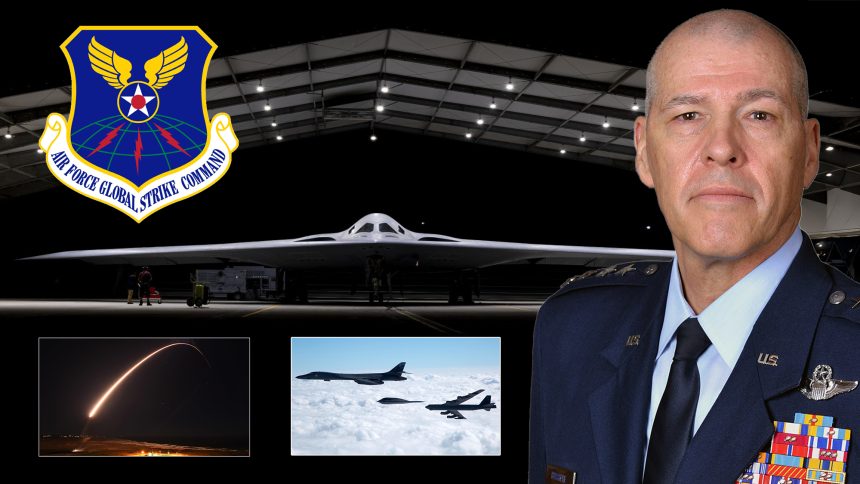In a wide-ranging conversation, Gen. Bussiere, head of Air Force Global Strike Command, shared key updates on U.S. bomber modernization, strategic deterrence, and the future of nuclear command and control.
Gen. Thomas A. Bussiere is the Commander of the AFGSC, which is responsible for managing, operating, and maintaining two of the three components of the United States’ nuclear deterrent force, known as the nuclear triad. Over the course of a recent interview with our friend Louis Skupien, on Episode 151 of the TALK4 Podcast, Gen. Bussiere shared personal reflections on his 40-year career, leadership philosophy, and the extraordinary modernization effort underway to maintain a credible deterrent in a more dangerous global environment.
“We’ve never had to deter more than one nuclear adversary before…until now,” Gen. Bussiere said. “We are living in the most dangerous global environment I’ve seen in 40 years of military service.”
He emphasized that the classic bipolar deterrence model from the Cold War is no longer sufficient. The U.S. must now deter multiple nuclear-armed nations with different doctrines and thresholds. This challenge requires not only modern weapons but also a new understanding of deterrence theory and global strategic communication.
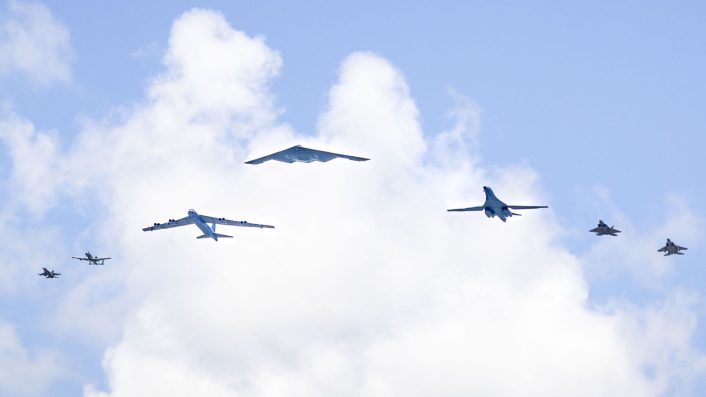
Here below you can find some of the most interesting things Gen. Bussiere told during the podcast.
Bomber Op Tempo
During the interview, Gen. Bussiere outlined the operational tempo of Air Force Global Strike Command in 2024, highlighting 33 BTF (Bomber Task Force) missions across multiple theaters and five Immediate Response Force activations, including three no-notice combat deployments involving all three bomber types. He emphasized the importance of constant readiness, integration with allies, and the enduring role of strategic deterrence, reinforced by a force posture that has remained on alert since 1962.
“In 2024, Air Force Global Strike Command performed 33 BTF missions. Ten of them were for the European Theater, 10 for the Indo-Pacific Theater, six in the Central Command AOR, and the remainder were carried out in NORTHCOM, SOUTHCOM, and AFRICOM. Those were primarily presence and engagement missions.”
“This is not only an opportunity for our Airmen to train on our global mission in the bomber force, as I mentioned earlier. It is also a chance to train with our allies and partners, to exercise together, and to integrate with their weapon systems in their countries and airspace.”
“These missions are generally more scheduled and more predictable, although not always entirely so. Last year, several of the 33 were short-notice missions, launched because regional combatant commanders requested bomber presence in their areas of responsibility.”
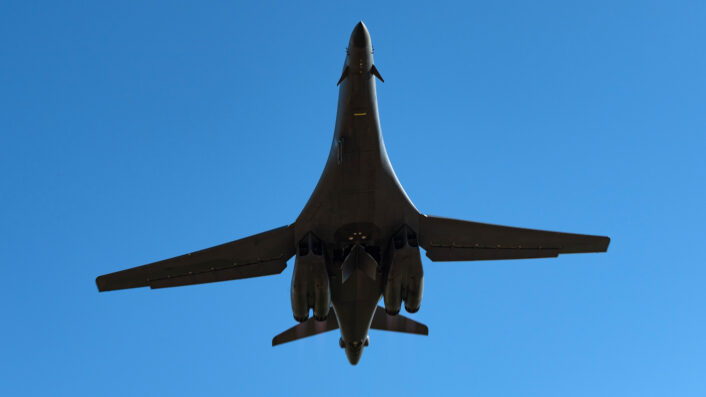
“In addition to those 33, we also activated what we call the Immediate Response Force, or IRF, five times last year. These are no-notice activations of our bombers to perform a variety of missions.”
“Of those five IRF activations, three included all three bomber types, B-1, B-2, and B-52, being tasked without prior warning to perform combat operations. This underscores how wing, group, and squadron commanders must be ready at all times.”
“We don’t get to decide when the call will come. But we do decide whether our force and formation will be ready when it does. That same level of readiness is always expected, just like it is with the ICBM crews, who are always ready.”
“We have to maintain the ability to respond at a moment’s notice if directed. That is the foundation of strategic deterrence, a force that is capable, credible, and under control at all times. This posture has been sustained continuously since Oct. 27, 1962.”
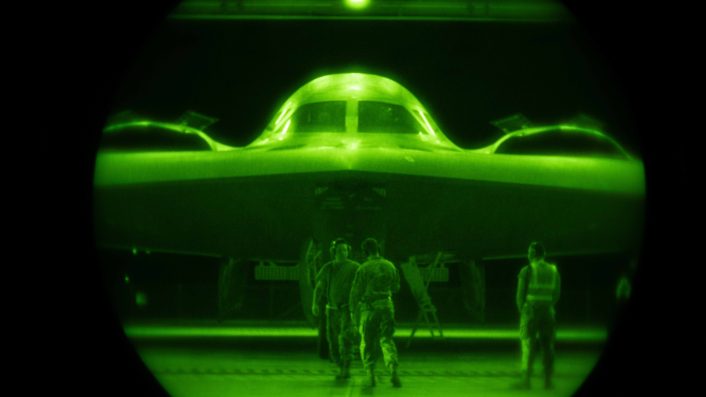
The B-52J
Last April marked the 73rd anniversary of the B-52’s first flight. “The B-52 is getting new engines, radar, and avionics. It will be redesignated as the B-52J and will fly for another 30 years,” Bussiere said.
In fact, as we have reported in details here at The Aviationist, the next generation BUFF (Big Ugly Fat Fellow) will be equipped with new RR F130 engines selected in 2021 to replace the bomber’s Pratt & Whitney TF33-PW-103s, used on the Stratofortress fleet since the 1960s. The new engines are expected to remain on the B-52 for the reminder of the aircraft life, through at least 2050, increasing fuel efficiency and range, reducing emissions in unburned hydrocarbons, and significantly reducing maintenance costs.
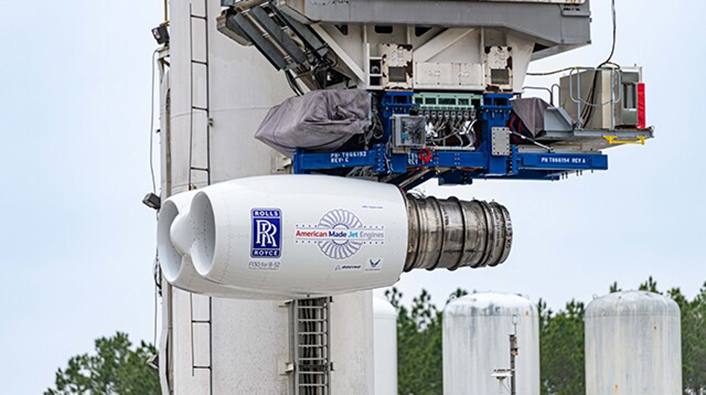
Another key upgrade for the BUFF is the installation of a new radar, a modified version of the APG-79 AESA radar used by the F/A-18E/F Super Hornet. The new radar will significantly enhance detection range and situational awareness while occupying less space than the older mechanically scanned system. This reduction in volume also frees up space for future electronic warfare capabilities.
Externally, the B-52 will have a cleaner profile as the prominent blisters housing the AN/ASQ-151 Electro-Optical Viewing System (EVS) are being removed. Originally intended to support low-level flight operations, the EVS has long been superseded by Sniper and Litening targeting pods carried under the bomber’s left wing.
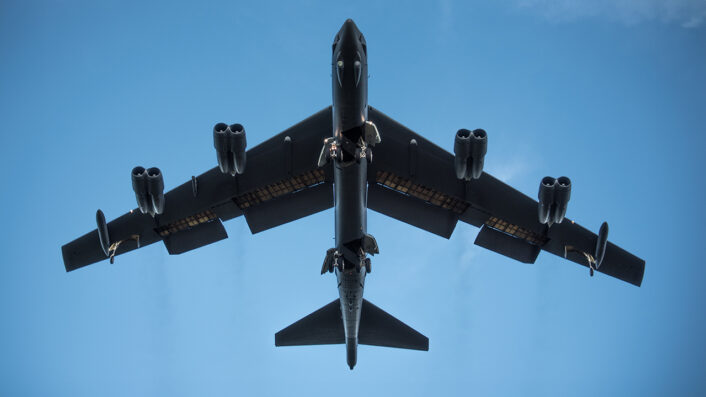
Inside the cockpit, the aircraft is receiving new multifunction digital displays, a hybrid mechanical-to-digital throttle system, updated data concentrator units, a modern engine fault maintenance recorder, a new engine air data system, and all associated wiring and panel revisions. The B-52J will not feature a full glass cockpit, as some analog instruments will remain. One of the most notable changes is the reduction of the flight crew from five to four members, with the removal of one station in the upgraded configuration.
These upgrades are part of an effort to ensure the B-52 remains a viable standoff platform alongside the new B-21 Raider. “It’s a workhorse of long-range strike and strategic deterrence,” Bussiere added.
The B-21 Raider: Most Advanced Bomber Ever Built
Gen. Bussiere described the B-21 Raider as “the most exquisite, most technologically advanced airplane ever built.” He confirmed that testing is underway at Edwards Air Force Base and that the aircraft will replace both the B-1 and B-2 bombers.
“We have aircraft out at Edwards performing developmental test right now and we’re really excited about fielding that capability for the nation and for the world in the near future.”
The B-21 will serve alongside the B-52J in a two-bomber force that balances modernization with proven operational endurance.
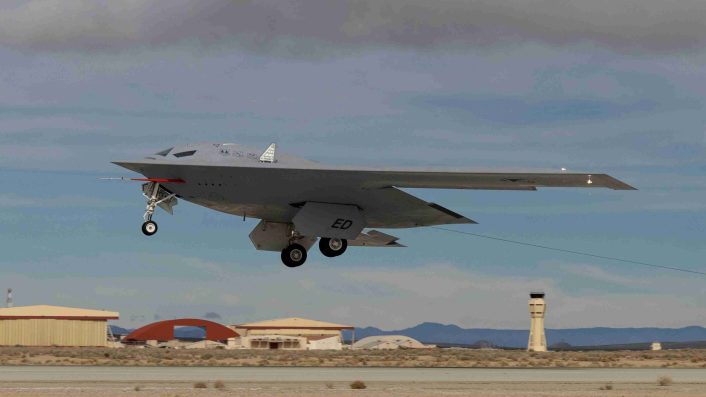
MH-139 Grey Wolf Deployment
“The Grey Wolf is a huge upgrade in range, speed, payload, and survivability,” Bussiere said. The helicopter, based on the AW139, is now being fielded across missile wings, replacing Vietnam-era UH-1N Hueys.
“We’re actually fielding that as we speak today across the fabric of the command that helicopter, that new helicopter provides both missile field security and convoy security for our ICBM wings. And, although it’s a commercial to a military variant, it will provide the range, the speed, the payload, the endurance and the survivability required of our security forces team that provides that, that level of security for our, for our ICBM wings. Again, we’re pretty excited about the Gray Wolf being fielded.”
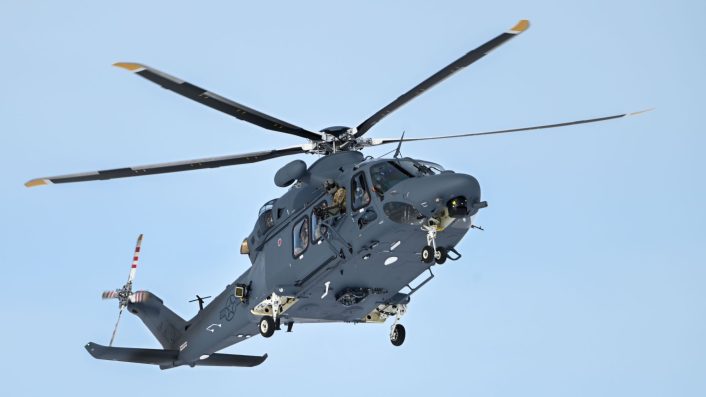
Sentinel ICBM and the Next Generation Nuclear Force
Gen. Bussiere briefly talked about the current and future ICBM force under his command.
“The current Minuteman III is 55 years old this year. So that weapon system has been in the field for 55 years standing alert, which is a pretty astounding statistic. Again, it’s a testament to our Airmen that maintain and operate and defend that weapon system that it’s been such a viable and credible force for so long. The Sentinel weapon system is ongoing. Again, it’s been in the news a lot, really excited about providing that capability and capacity to the free world in the US Department of Defense here in the last years.
As reported in detail here last month, LGM-35 Sentinel will become the first new operational ICBM fielded by the U.S. Air Force in nearly half a century. It is set to replace the Minuteman III, which traces its roots back to the 1960s-era Minuteman I and was first deployed in 1970. Although the Peacekeeper missile followed in 1986, it was retired less than two decades later, in 2005.
The new missile will be physically larger than the Minuteman but lighter, thanks to modern materials and manufacturing techniques. Under current nuclear policy, each Sentinel will carry a single warhead, although its payload capacity could support a greater number should policy ever change. That additional capacity also allows for the integration of decoys, designed to confuse or defeat enemy missile defenses.
The warhead selected for Sentinel is the W87 Mod 1, reportedly capable of a variable yield of up to 475 kilotons. In October 2024, the U.S. produced its first plutonium pit, the core of the warhead, for this system, marking the first such production since 1989. Looking ahead, the National Nuclear Security Administration aims to reach an annual production rate of at least 50 pits by the mid-2030s to support the broader nuclear modernization effort.
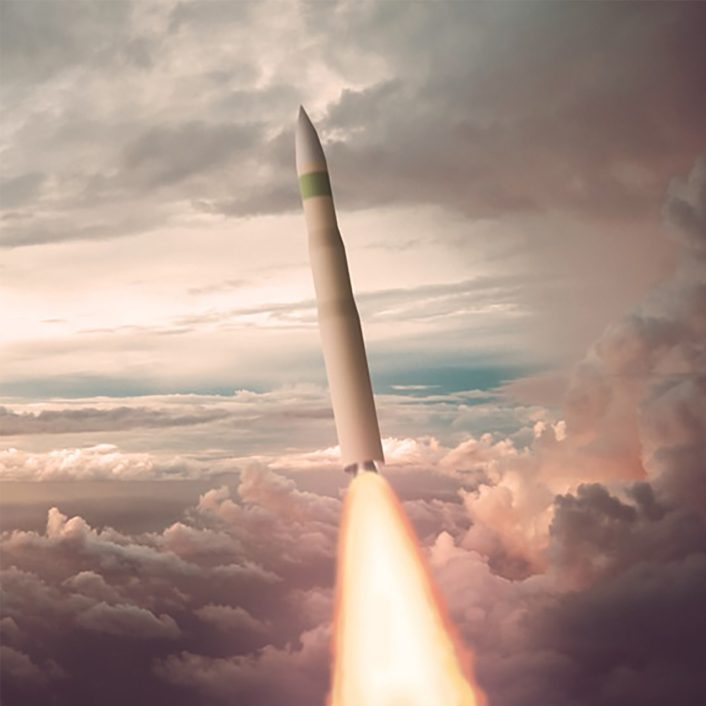
AI in the Deterrence Mission
Gen. Bussiere highlights the growing role of artificial intelligence in supporting nuclear deterrence, particularly in processing intelligence data and enhancing communication systems within NC3. While AI offers significant potential across space, air, ground, and cyber domains, he notes that Artificial Intelligence will not replace human decision-making in nuclear operations due to the mission’s critical nature.
“AI and quantum computing are always topics of discussion. So in the nuclear deterrence mission, within Air Force Global Strike Command, there’s a lot of opportunity for artificial intelligence.”
“A lot of that has to do with intelligence. The ability to decipher and sort through large quantities of data from an intelligence perspective, and distill that down more quickly and with greater agility to inform senior decision-makers, is probably one of the main areas where AI can help in our field.”
“There’s also likely an opportunity in what we call NC3, which stands for nuclear command, control, and communications. As we recapitalize and modernize the structure of how we carry out nuclear command and control, AI could help assess the different communication pathways and make effective, agile decisions to maintain a clear line of communication.”
“Whether that communication is space-based, airborne, ground-based, or within parts of the cyber domain, there’s strong potential for growth in applying new technologies in those areas.”
“We probably won’t see artificial intelligence involved directly in the human decision-making process in our line of work, simply because of the nature of nuclear operations and deterrence.”
“But maybe someday. I think that’s an area where most senior leaders would pause, again because of the stakes involved in our mission. Still, there are major opportunities to expand the use of AI in military operations beyond those very specific mission areas.”
The use of AI in the nuclear mission immediately brings to mind the 1983 film WarGames, in which a military supercomputer, given control over nuclear forces, nearly launches World War III after mistaking a simulation for a real Soviet attack. The film’s message, that human judgment must remain at the core of nuclear decision-making, still resonates today, four decades later, amid ongoing discussions about AI in deterrence.


